
Air Power The Cold War
Using the Virtual Cockpit
Fixed cockpits in most sims are great for instrument flying but don't really enable you to simulate real visual flight conditions, where most of the time the pilot's head and attention is out of the cockpit.
Using the virtual cockpit with the HUD display available in Microsoft Combat Flight Simulator (1998) and Microsoft Combat Flight Sim 2 gives a much better 'simulation' of the visual flying experience.
Hint -
Zoom out to 0.5 zoom for a more realistic field of view and better sensation of speed.
Zoom back to 1.0 zoom for a better view on final approach
Example
Here is a takeoff - circuit and landing flown in the F-100D Super Sabre at RAF Woodbridge.
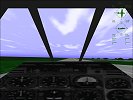
The default view in virtual cockpit mode.
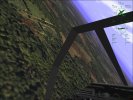
Just after takeoff and in a climbing left turn - you can look where you're going and still monitor altitude and speed on the HUD display.
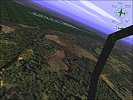
There's the runway - I'm almost parallel and ready to roll out level. In the HUD at upper right you can see the aircraft symbol is almost pointed West.
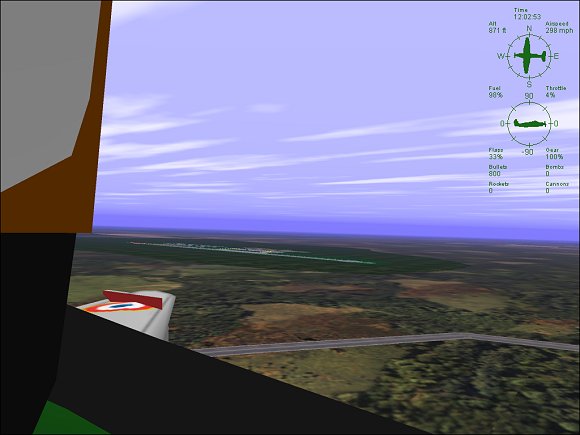
Looking back, over the left wing, and just passing the runway threshold.
Time to get the gear and flaps down, ready to turn to finals.
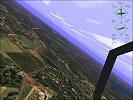
Turning to finals.
You can keep the runway in sight all the way through the turn - just as you would in real life.
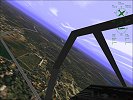
The canopy rail gives you plenty of cues to the bank angle and attitude of the plane.
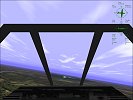
Rolling level, on speed.
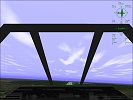
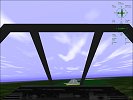
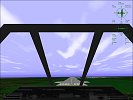
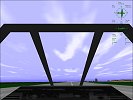
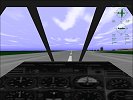
Touchdown!
Advantages of the virtual cockpit include:
Higher frame rate (the sim runs more smoothly)
Better sense of speed
More unobstructed view
These screenshots were taken in Microsoft Combat Flight Simulator (1998)
